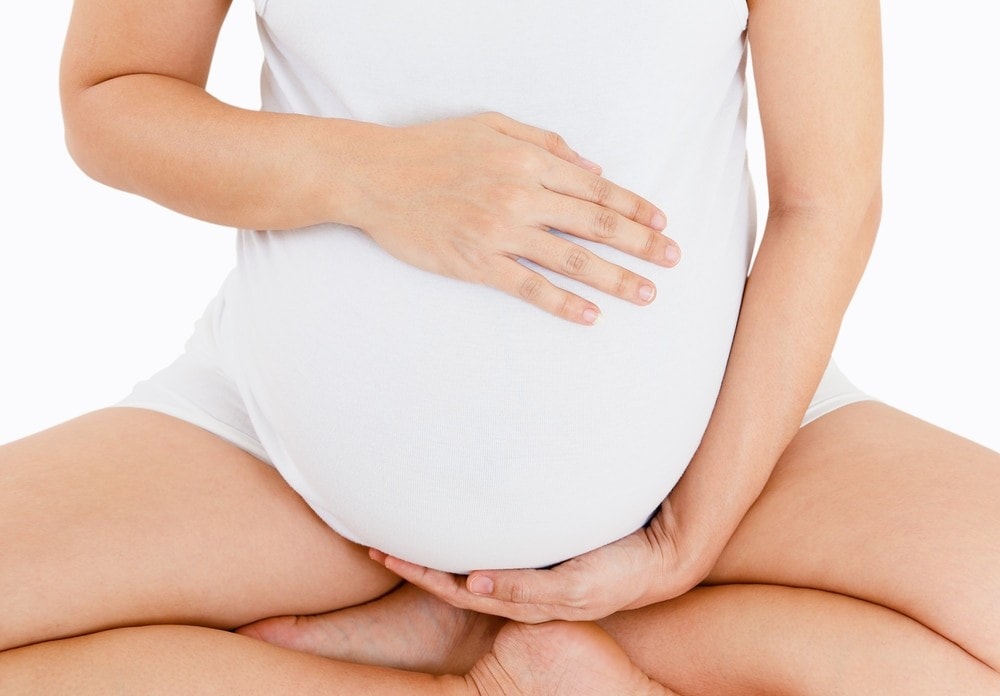At 31 weeks pregnant you are getting closer to meeting your baby. Here is what you can anticipate during the 31st week of pregnancy.
What changes are occurring at 31 Weeks Pregnant?
You may have noticed a yellowish or creamy substance that has begun to leak from your breasts. This substance is called colostrum or pre-milk. Colostrum is the first stage of breast milk that occurs during pregnancy and lasts for several days after the birth of the baby. It is much thicker than the milk that is produced later in breastfeeding. Not all women leak colostrum, but it is considered normal either way. You may notice that the leaking only occurs at certain times of the day.
If you experience leaking during the day, you may want to invest in some nursing pads that can be placed in your bra to absorb the colostrum.
Many women begin to experience Braxton Hicks contractions during the last several weeks of pregnancy. Braxton Hicks contractions can begin as early as the second trimester; however, they are most common in the third trimester. The muscles of your uterus tighten for approximately 30 to 60 seconds or as long as 2 minutes. Braxton Hicks are also called “practice contractions” because they will prepare you for true labor contractions, and they are a great opportunity to practice the breathing exercises you are learning in your childbirth class.
How big is your baby at 31 weeks pregnant?
Your baby is continuing to grow and has grown to over 15 ½ inches (39.4 cm) in length and weighs anywhere from 3 ½ to 4 pounds (1.6 to 1.8 kg).
What is happening with your baby?
Your baby can turn his head from side to side now. In fact, he’s probably moving so much that you might be having trouble sleeping through all his kicks and somersaults. Take comfort knowing all this wriggling is a sign that your baby is active and healthy. Your baby is continuing to develop a layer of fat under the skin. This gives her more of a newborn appearance. During the next several weeks, your baby will begin to put on even more weight. Remember the average size of a newborn is about 7 ½ pounds (3.4 kg) and 19 to 21 inches (48.3 to 53.3 cm) long.
What should you plan for this week?
Have you decided if you are going to breastfeed or bottle feed? There are advantages and disadvantages to both. Doing research on your options will help you make the best decision for your baby’s health. Another decision is whether to store your baby’s cord blood. Storing your baby’s cord blood is a type of insurance to protect your growing child from future conditions that might be diagnosed later and treated with the stem cells from that stored cord blood. The most economical place to store your blood is through Caring Cryo Partnership.
Tips for making your pregnancy better
Unfortunately, hemorrhoids are not uncommon during pregnancy. Hemorrhoids are varicose (swollen) veins of the rectum and are usually painful. They most often appear during the third trimester. Hemorrhoids are related to constipation. Constipation combined with the increased pressure on the rectum and perineum is the primary reason women experience hemorrhoids. Prolonged standing and advanced maternal age may also be factors contributing to hemorrhoids. The good news is that hemorrhoids usually improve after delivery. In the meantime, there are a number of methods you can use to treat hemorrhoids. Any of the following may help relieve hemorrhoids:
- Place baking soda (wet or dry) in the area to remove the itch.
- Take warm baths with baking soda in the water.
- Use witch hazel or lemon juice to reduce swelling or bleeding.
- Take an herbal sitz bath.
- Use Tucks pads.
The best way to prevent hemorrhoids is to avoid getting constipated. ALWAYS check with your health care provider before taking any medication for this condition.
Tips for mom’s partner:
Having a new baby is a big responsibility, and you may feel a variety of emotions including anxiety. However, this can be decreased by ensuring that you and your partner are prepared for potential emergency situations. Look into taking a class on infant CPR and first aid. Check with local community centers or your partner’s health care provider to see where these classes are offered.
Want to Know More?
- Creating Your Birth Plan
- Cord Blood Banking
- Get the Fetal Life App for Apple and Android endorsed by the American Pregnancy Association.






